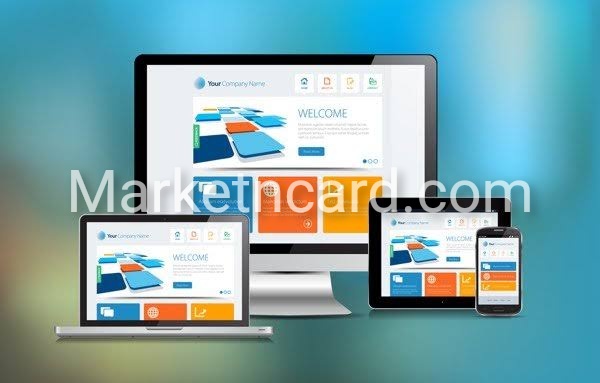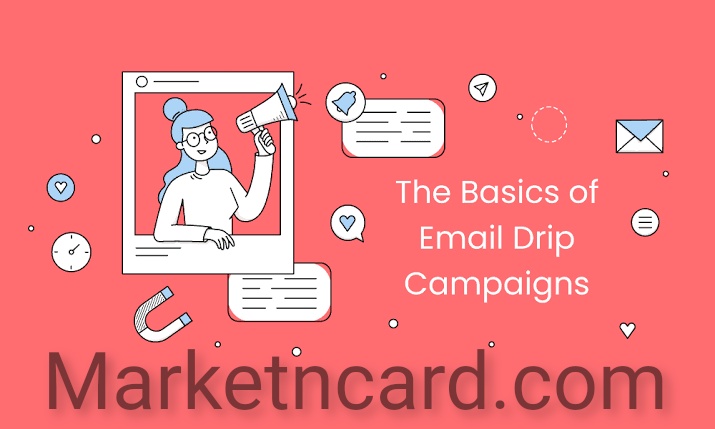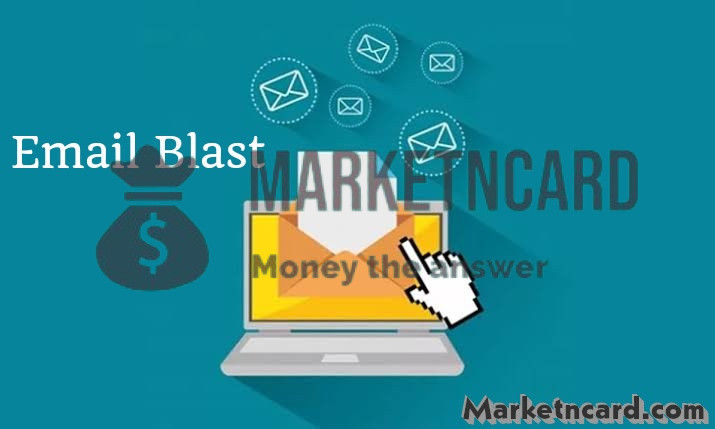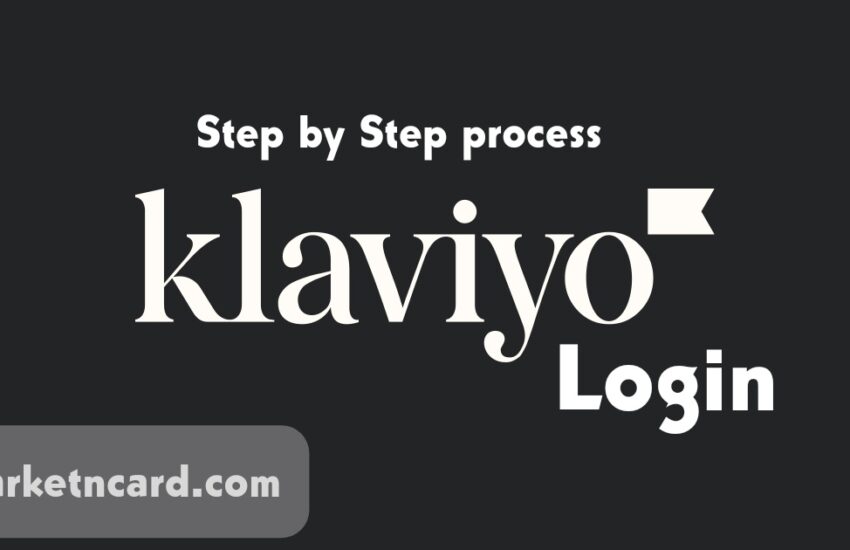How to Generate B2B Leads -In today’s competitive business landscape, generating quality B2B (business-to-business) leads is essential for sustainable growth and success. B2B lead generation refers to the process of identifying and attracting potential clients or customers who are interested in your products or services. However, generating effective B2B leads can be challenging without a well-defined strategy. This article explores proven strategies and techniques to help businesses generate valuable B2B leads and maximize their sales potential.
CHECK OUT: Digital Marketing: Why Your Opinion Matters for Successful Online Promotion
What is B2B?
B2B, which stands for business-to-business, refers to transactions, interactions, and relationships that occur between two businesses rather than between a business and an individual consumer. In B2B, companies offer products, services, or solutions to meet operational needs, facilitate growth, or enhance their offerings.
Additionally, B2B transactions encompass a wide range of industries, including manufacturing, technology, finance, healthcare, and professional services. Examples of B2B relationships include a software company licensing its product to a corporate client, a wholesaler supplying goods to a retailer, or a marketing agency providing services to a business client.
Key Characteristics of B2B Leads
Longer Sales Cycles: B2B sales cycles are typically longer and more complex compared to B2C (business-to-consumer) sales. This is because B2B purchases often involve higher stakes, larger budgets, and multiple decision-makers within the buying organization. Building relationships, addressing concerns, and providing extensive product information are crucial in B2B sales.
Targeting Specific Industries or Niches: B2B businesses often focus on specific industries or niches where they have expertise and can provide tailored solutions. By understanding the unique challenges, needs, and regulations within a specific industry, B2B companies can position themselves as industry specialists and build trust with potential clients.
Relationship-Driven: Building strong relationships is a fundamental aspect of B2B interactions. B2B buyers seek reliable, trustworthy partners who can provide ongoing support, customized solutions, and a long-term partnership. Trust and credibility play a vital role in B2B relationships, as businesses want assurance that their chosen suppliers or service providers can deliver on their promises.
Multiple Decision-Makers: B2B purchases often involve multiple decision-makers within a company. These decision-makers may include executives, department heads, technical experts, and procurement professionals. Additionally, B2B sales strategies need to consider the different needs and priorities of these stakeholders and provide tailored messaging and value propositions that resonate with each individual.
CHECK OUT: Biggest Monetisation Challenges And How to Overcome them
Ways on How to Generate B2B Leads
Lead generation is a critical aspect of B2B marketing and sales. Generating high-quality B2B leads involves identifying and attracting potential business customers who are likely to be interested in your product or service. Here are some effective strategies for B2B lead generation:
Define Target Audience
Clearly define your target audience by considering industry, company size, job titles, and specific pain points your offering can address. This will help you focus your marketing efforts and tailor your messaging accordingly.
Content Marketing
Create informative and valuable content that addresses the challenges and needs of your target audience. This content can take the form of blog posts, whitepapers, case studies, webinars, and videos. Lastly, Distribute this content through your website, social media channels, and industry publications to attract and engage potential leads.
Thought Leadership
Establish your business as a thought leader in your industry by sharing insights, expertise, and innovative ideas. This can be done through speaking engagements, guest blogging, participating in industry events, and being active on relevant professional networks.
Search Engine Optimization (SEO)
Optimize your website and content to rank higher in search engine results. Conduct keyword research, create relevant meta tags and descriptions, and ensure your website is mobile-friendly and loads quickly. In conclusion, Effective SEO increases visibility and drives organic traffic to your site, resulting in potential leads.
Social Media Marketing
Utilize social media platforms like LinkedIn, Twitter, and Facebook to connect with your target audience, share content, engage in conversations, and build relationships. Paid social media advertising can also help expand your reach and target specific demographics or industry professionals.
CHECK OUT: How to Make Money in One Hour Online | QUICK & EFFECTIVE
Email Marketing
Develop targeted email campaigns to nurture leads and provide them with relevant content. Personalize your emails based on the interests and behavior of your leads. Lastly, Segment your email list to deliver tailored messages and use marketing automation tools to streamline the process and track engagement.
Networking and Partnerships
Attend industry conferences, trade shows, and networking events to connect with potential B2B leads. Build relationships with complementary businesses that cater to the same target audience, and explore opportunities for strategic partnerships or referrals.
Webinars and Events
Host webinars or virtual events that provide valuable insights or training to your target audience. By offering educational content, you can attract interested leads and establish your expertise in the industry.
Account-Based Marketing (ABM)
Adopt an account-based marketing approach where you identify high-value target accounts and create personalized marketing campaigns tailored to their specific needs. Lastly, ABM allows for a more focused and customized approach to reach key decision-makers within a specific organization.
Lead Capture and Conversion Optimization
Optimize your website and landing pages for lead capture by using prominent and compelling calls-to-action (CTAs) that encourage visitors to provide their contact information. Finally, Test different CTA placements, messaging, and design to improve conversion rates and capture more leads.
CHECK OUT: Best Money Saving Sites And Tools
Customer Referrals and Testimonials
Leverage your existing customer base by encouraging referrals and testimonials. Satisfied customers can be powerful advocates for your business and help generate new leads through positive word-of-mouth.
Data Analysis and Iteration
Regularly analyze the performance of your lead generation efforts. Track metrics such as website traffic, conversion rates, email open and click-through rates, and lead quality. Lastly, Use this data to refine your strategies, identify areas for improvement, and optimize your lead generation tactics.
Conclusion
In conclusion, B2B marketing and lead generation require a strategic and targeted approach to effectively reach and engage potential business customers.
By understanding the unique characteristics of B2B transactions, defining your target audience, and implementing a combination of strategies like content marketing, social media engagement, email campaigns, and networking, you can generate high-quality B2B leads and establish long-term relationships with key decision-makers in your industry.
Continuous analysis, refinement, and adaptation will help you stay ahead in the competitive B2B landscape and drive sustainable business growth.
CHECK OUT: Digital Marketing Agencies for Lead Generation | MUST READ





